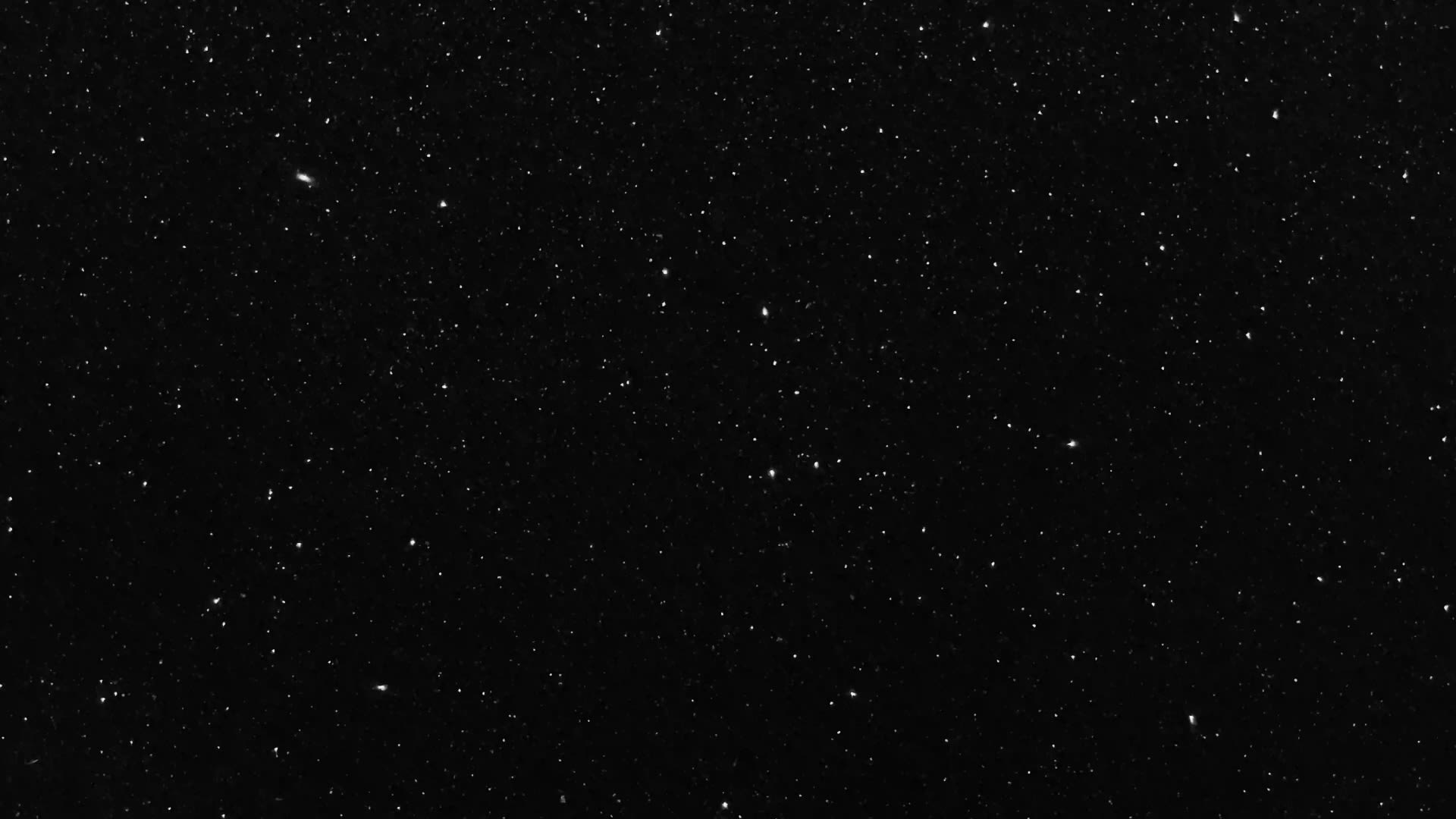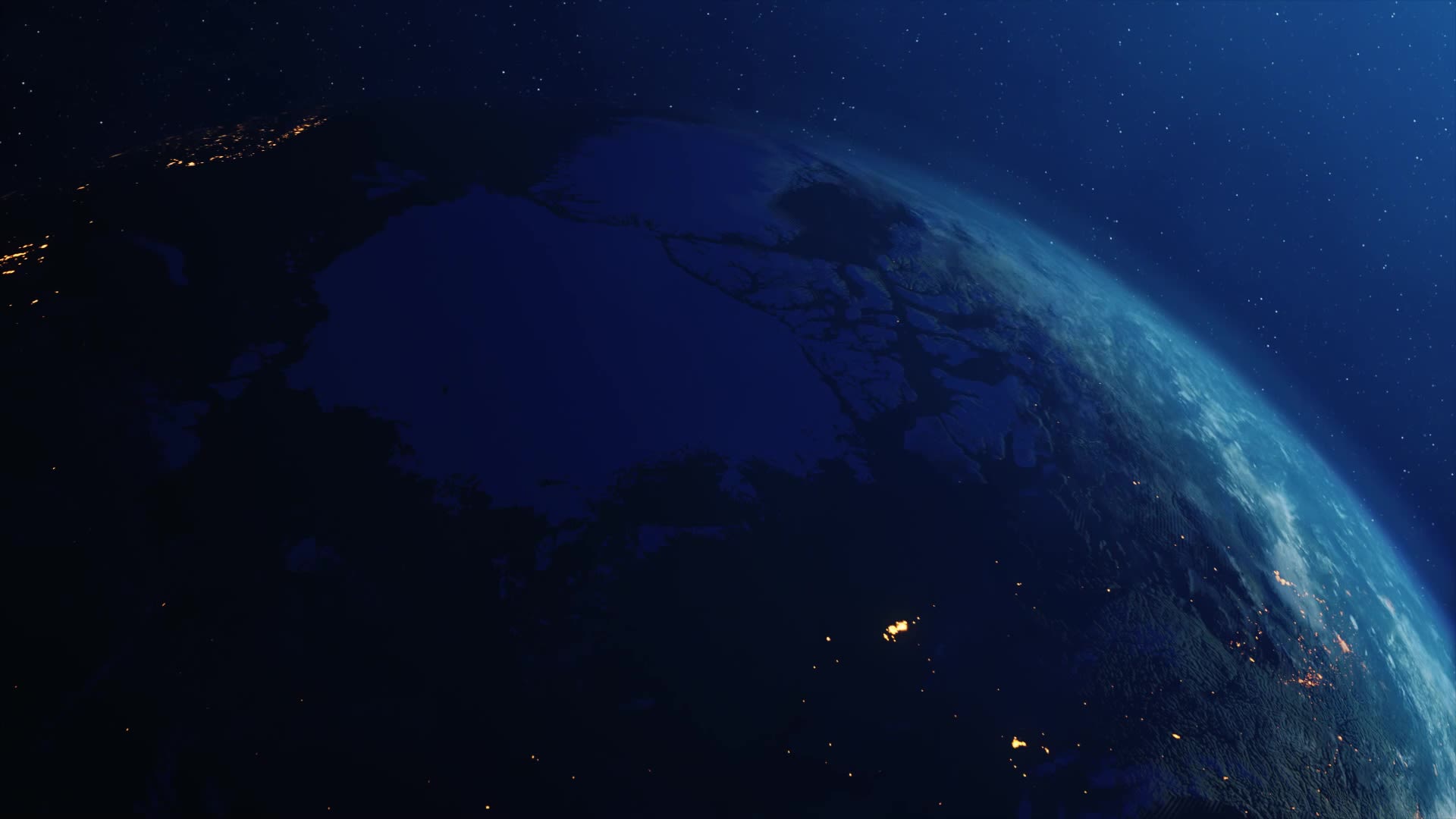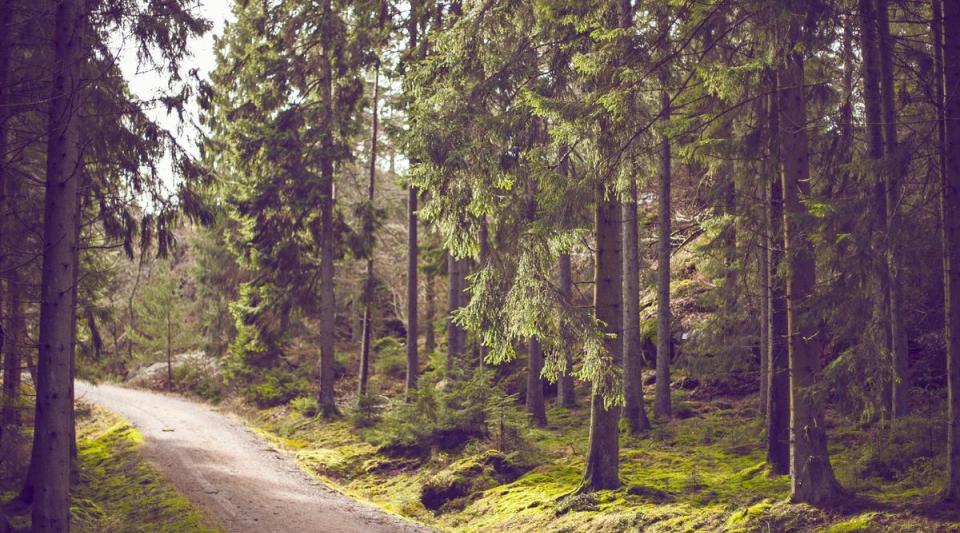
Associate Professor Justin Keogh is Dean of Research in Bond University’s Faculty of Health Sciences & Medicine and Head of the Exercise & Sports Science Program. He explains the impact zero gravity has on astronauts who experience prolonged stays in space.
After nine months in space, astronauts Butch Wilmore and Suni Williams face a challenge most people on Earth never will: rebuilding their bodies after being deprived of nature’s gym, gravity.
The pair’s eight-day mission to the International Space Station stretched into a prolonged stay due to technical issues. Now back on solid ground, they are facing the physical consequences of that unexpected delay.
Exercise scientist Justin Keogh says that after such a long period in zero gravity, the pair will have to undergo a rehabilitation program similar to that of an athlete returning from injury or someone who has experienced weeks of bed rest in hospital.
He says studying the astronauts’ recovery could inform treatments for the rehabilitation of long-term hospital patients.
The human body in space
“There’s no gravity in space, so the weight-bearing exercise that we typically do everyday — walking, running, lifting things - that doesn't exist,” Dr Keogh says. “They’re losing muscle strength, power, bone mass and cardiovascular capacities.”
NASA has been working for decades to mitigate these issues.
“They have to deal with basic things like, when we exercise, we give off heat and sweat. When you’re on the space station you have to remove those by-products," he says.
“Nutritious food and fresh water are obviously challenges as well. If you're going to be in space for extended periods of time, how much healthy non-processed food can you consume? A lot of food will be dehydrated or things of that nature, so maximising nutrition and minimising the space to store this food and any food waste is going to be challenging.”
That’s before you take into account the psychological toll of being cooped up with colleagues, away from friends and family.
“Being in space for nine months or longer is perhaps similar to what some people experienced when they were locked down during COVID," Dr Keogh says.

Keeping fit
Dr Keogh says astronauts on the space station do strength training to maintain muscle and bone, but also some aerobic training for aerobic and respiratory function.
“NASA has developed a host of exercise devices using friction or pistons," he says. “Friction-based cycling or treadmill options can help maintain cardiovascular function.
“One of the big challenges, though, are some of these machines take up quite a lot of space, and space on the space station is finite.
“Maintaining the health and well-being of the astronauts - but also minimising that footprint of the exercise devices and potentially their wear and tear – is important on longer missions.
“If something goes wrong with that machine, how easy it is it for them to fix it?”
Back on Earth
Reconditioning an astronaut once they’re back on Earth is similar to an athlete coming back from an injury or someone who's had bed-extended rest.
“They will look to get them back into some intensive training with gravitational loads which will help them get back to normal quite rapidly,” Dr Keogh says.
Studying the decline of the human body after space travel could help develop new treatments on Earth.
“For instance, an older person who might have had a hip fracture might face weeks or months of bed rest, similar to the lack of physical activity in space.
“Some of the astronauts’ exercise devices, and perhaps some of the nutritional approaches, could have applications to muscle-wasting conditions that we see in ageing and a range of other chronic diseases.”
NASA astronaut Suni Williams returns from the International Space Station. Source: Helen Arase Vargas/NASA-Johnson Space Center
NASA astronaut Suni Williams returns from the International Space Station. Source: Helen Arase Vargas/NASA-Johnson Space Center
Published on Wednesday 26 March 2025.
Original thinking direct to your inbox

Stories from Bond



